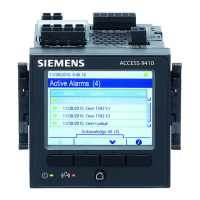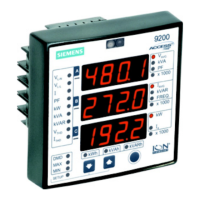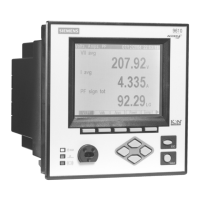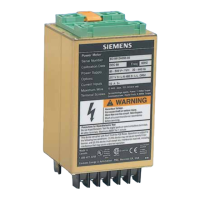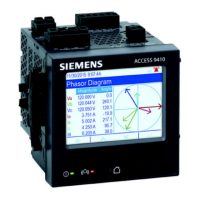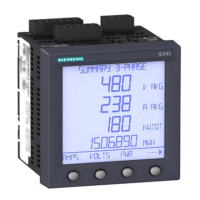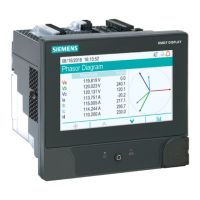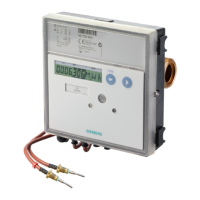9410 series Logging
4. Select the log you want to edit and click Edit.
5. Set the log depth and log interval as required for your logging needs.
• Log Interval: you can change the interval units to seconds, minutes, hours or
days.
• Log Depth: You can set the depth in time (seconds, hours, days, etc.) or the
number of records.
NOTE: For some log types, you only set the log depth (for example, waveform
recorders).
Log Memory shows the estimated impact of the changes on the total size of the
log and Log Storage displays the estimated available log memory on the meter.
NOTE: If you receive a message stating that there is not enough memory
when you change a log’s configuration, check the configuration of your
meter’s other logs. You may not have enough RAM, or short-term memory, to
allow for the new configuration. You may need to use ION Setup Advanced
mode to check the detailed configuration of your logs.
6. Click Finish.
In some case, you may see a Next button instead of Finish. In this case, the next
screen allows you to configure the buffer depth for the log. The screen displays
the overall log depth and a field for setting the log buffer depth. It also shows the
impact of the Buffer Depth setting to your meter’s short-term memory (RAM).
Data log memory calculations
The amount of memory required to store data and event logs depends on the number
of parameters being logged and the frequency with which these parameters are
logged.
You can use the following calculation to estimate the approximate amount of memory
required for a data log:
Memory consumption for each record (in Bytes) = [(number of parameters x 5) + 8]
For example, a data log recording three parameters consumes 23 Bytes of data. If the
data is recorded every 15 minutes for 35 days, the data log requires approximately 80
kiloBytes of logging memory.
See the ION Setup online help for more information about the logging memory
allocations and other meter logging memory information displayed by the ION Setup
Assistant.
Waveform record memory calculations
The meter can simultaneously capture waveforms triggered by events on all channels
to a maximum of 96 cycles for each waveform record.
You can use the following calculation to estimate the approximate amount of memory
required for a waveform record:
Memory consumption for each waveform (in Bytes) = [2 x number of samples per cycle
+ 12] x [number of cycles in waveform x 2] + 32.
A single waveform record requires approximately 8 kB of memory.
See the ION Setup online help for more information about the logging memory
allocations and other meter logging memory information displayed by the ION Setup
Assistant.
134 7EN05-0336-03
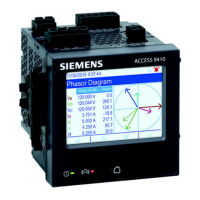
